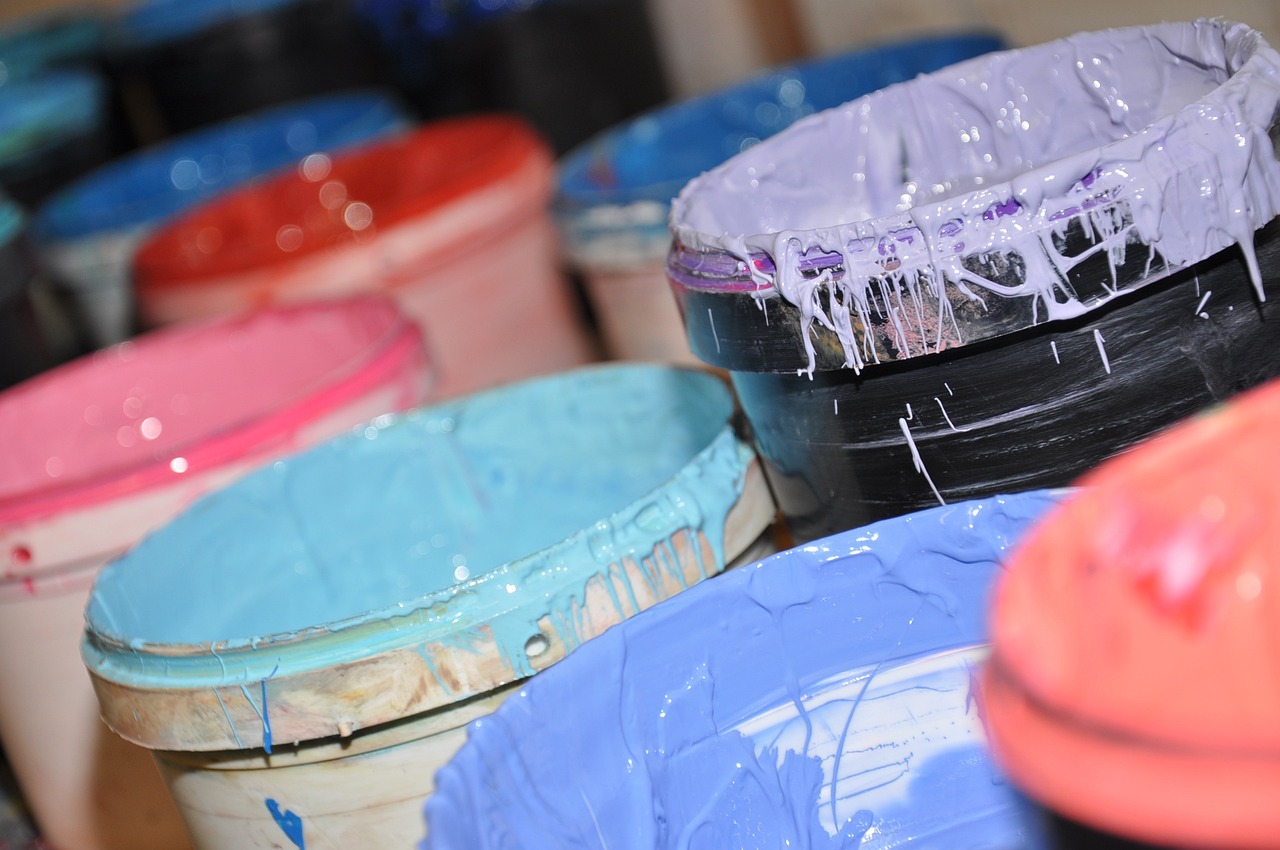服装印花有意义的英文单词
Understanding Clothing Printing Techniques in English
In the realm of fashion, clothing printing techniques play a pivotal role in creating unique designs, patterns, and styles. These techniques not only enhance the aesthetic appeal of garments but also contribute to their durability and overall quality. Let's delve into some common clothing printing techniques in English:

1.
Screen Printing:
Screen printing, also known as silk screening, involves creating a stencil (or screen) of the desired design on a fine mesh screen. Ink is then applied to the screen and pressed through it onto the fabric, creating the desired pattern. This method is ideal for largescale production and offers vibrant colors and high durability.
2.
Digital Printing:
Digital printing utilizes specialized inkjet printers to transfer designs directly onto fabric. This technique is highly versatile, allowing for intricate designs and photorealistic prints with a wide range of colors. Digital printing is particularly suitable for small batch production and custom designs.
3.
Heat Transfer Printing:
Heat transfer printing involves transferring a design from a carrier paper to the fabric using heat and pressure. The design is first printed onto the carrier paper using special inks or dyes, and then heat is applied, causing the design to adhere to the fabric. This method is popular for its ability to produce detailed designs and gradients.
4.
Sublimation Printing:
Sublimation printing involves using heat to transfer dye onto fabric molecules, resulting in a permanent bond. The design is first printed onto special sublimation paper using dyesublimation inks, and then heat and pressure are applied to transfer the design onto the fabric. Sublimation printing offers vibrant colors and longlasting prints, making it popular for sportswear and polyester fabrics.
5.
Embroidery:
Embroidery is the process of decorating fabric with needle and thread to create intricate designs and patterns. It adds texture and dimension to garments and is often used for logos, monograms, and decorative accents. Embroidery can be done by hand or using computerized embroidery machines for precision and efficiency.
6.
Block Printing:
Block printing involves carving a design onto a wooden block, applying ink or dye to the block, and then pressing it onto the fabric to transfer the design. This method allows for unique, handcrafted prints with a rustic charm. Block printing is often used for artisanal and culturally inspired designs.
7.
Foiling:
Foiling is a decorative technique that involves applying a thin metallic or colored foil onto fabric using heat and pressure. The foil adheres to the fabric, creating a shiny, reflective surface. Foiling adds a luxurious touch to garments and is commonly used for eveningwear and special occasions.
8.
Discharge Printing:
Discharge printing involves removing dye or pigment from fabric to create a design. A discharge agent is applied to the fabric, which reacts with the dye to neutralize or remove it, leaving behind the desired pattern. This technique is popular for achieving soft, vintagelike prints on darkcolored fabrics.
Conclusion:
Mastering clothing printing techniques in English opens up endless possibilities for creating captivating designs and expressing creativity in the fashion industry. Whether you prefer the precision of digital printing, the artisanal charm of block printing, or the durability of screen printing, understanding these techniques allows you to bring your design visions to life with confidence and precision. Choose the method that best suits your design needs and experiment with different techniques to elevate your fashion creations to new heights.





